Back to Courses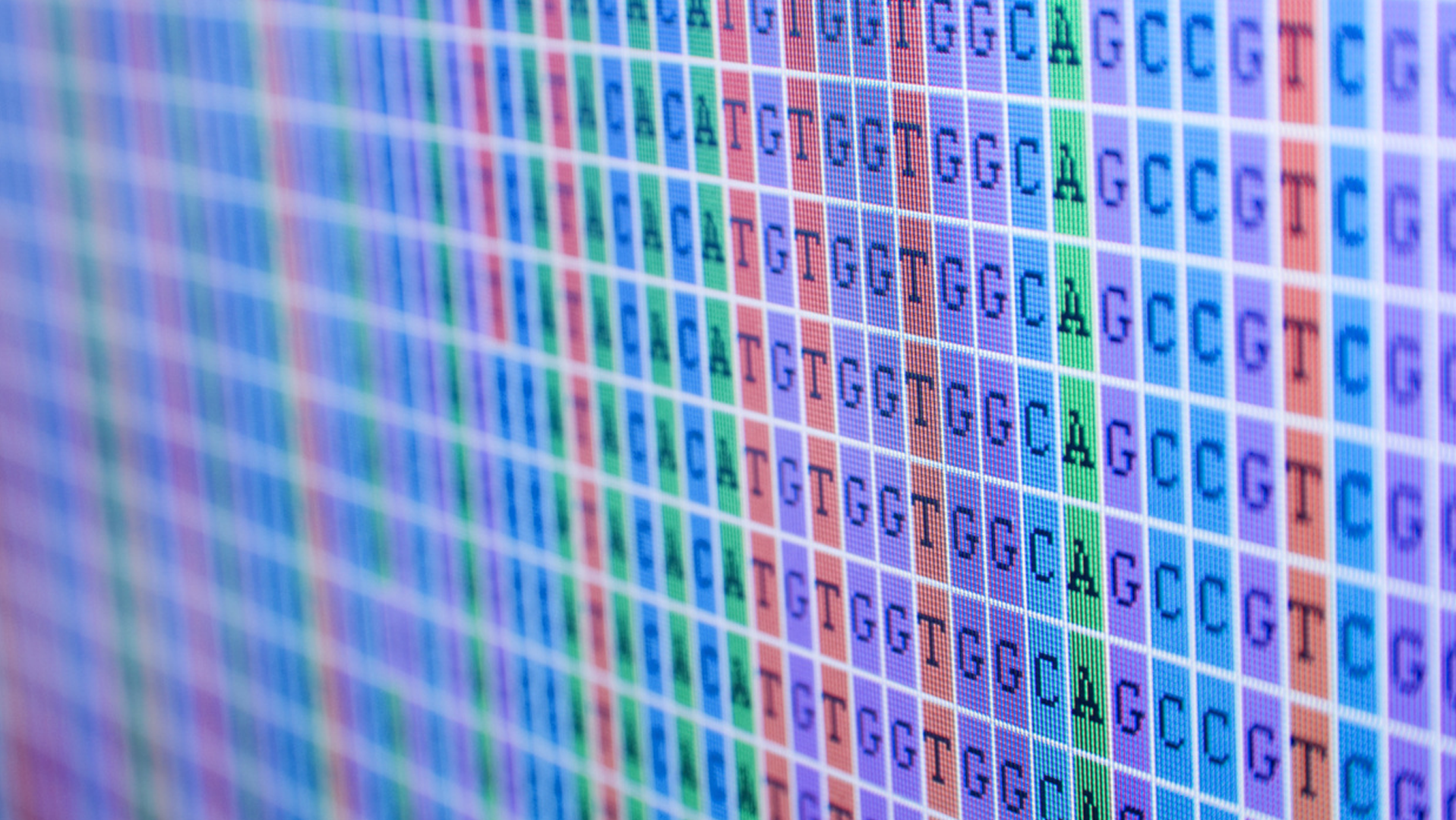

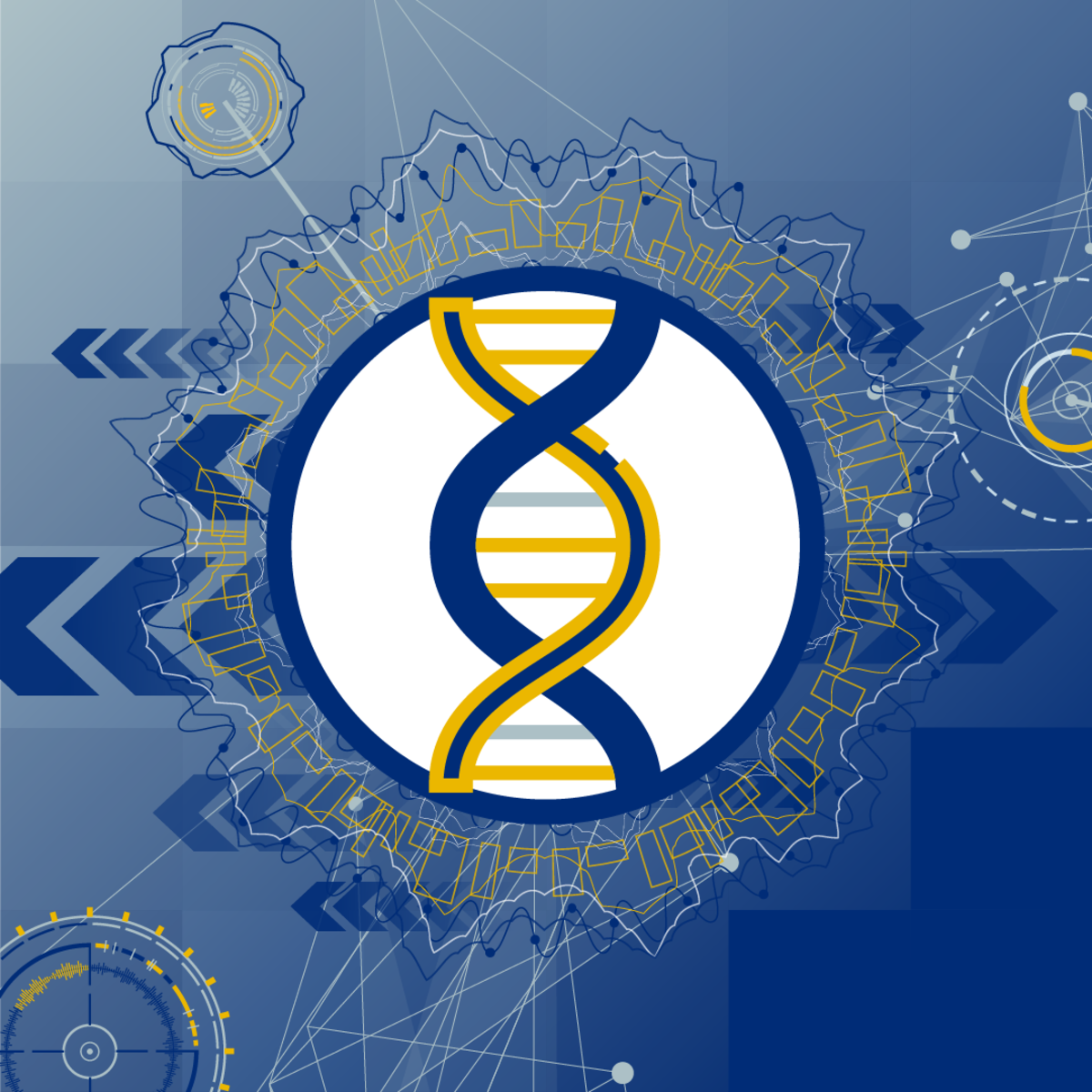

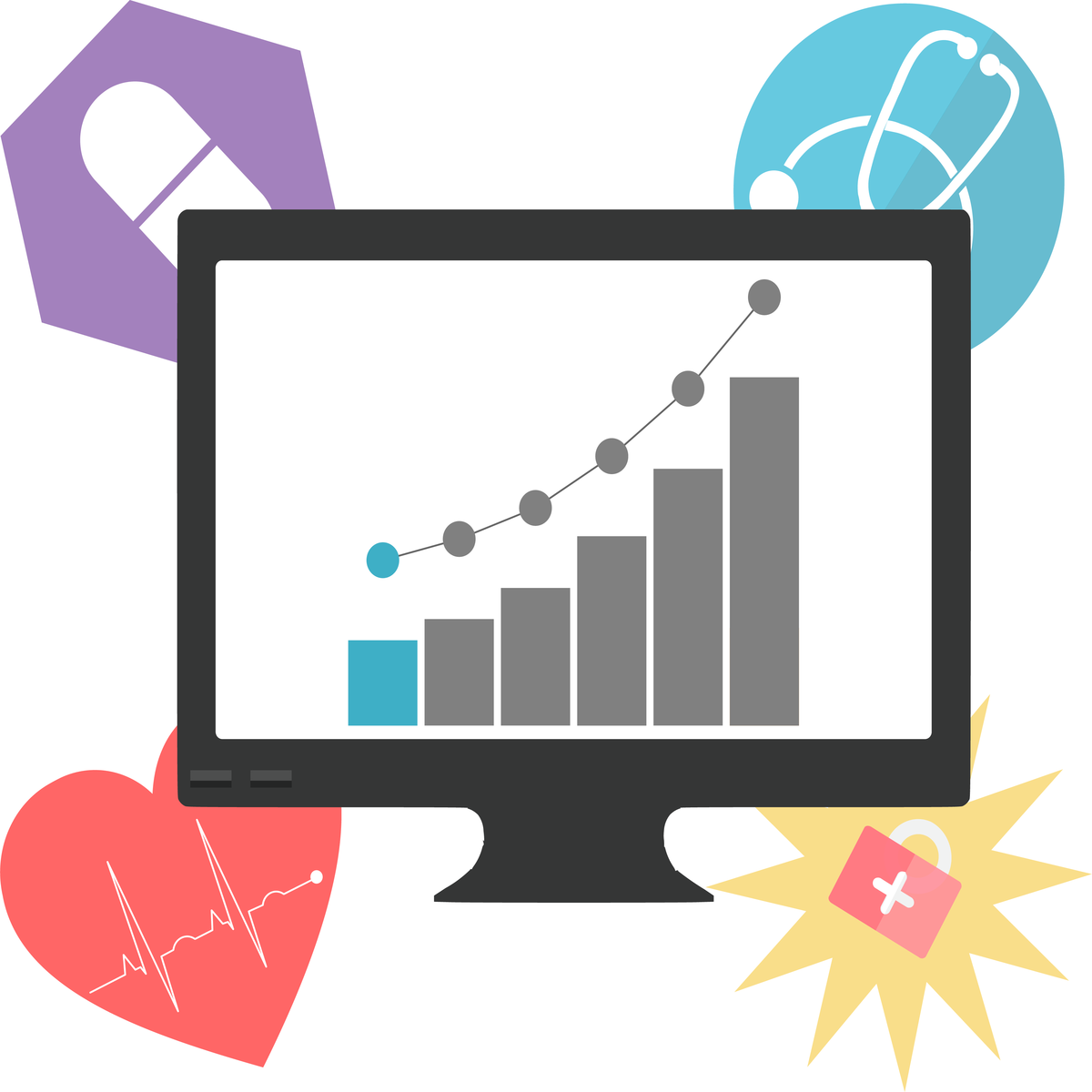
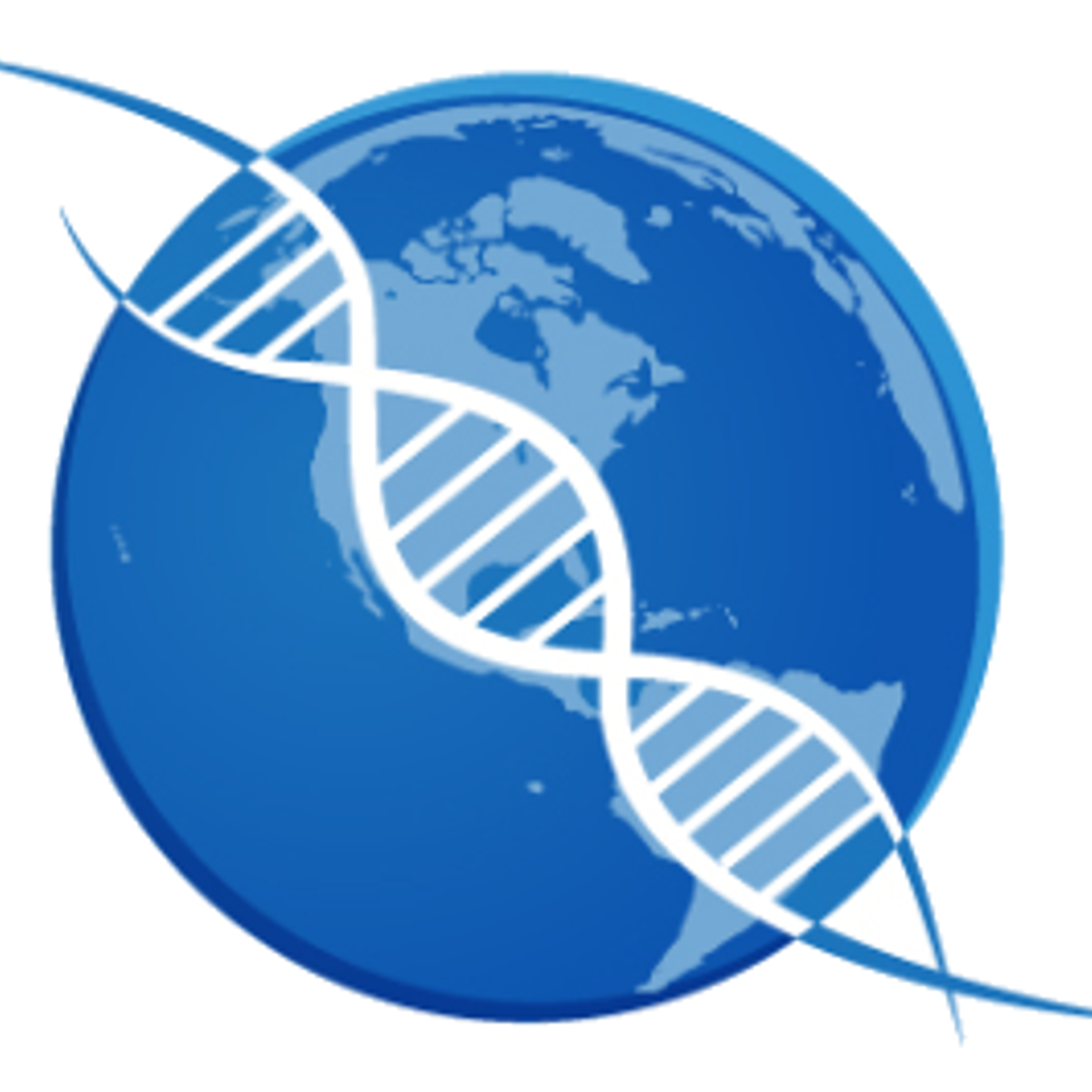

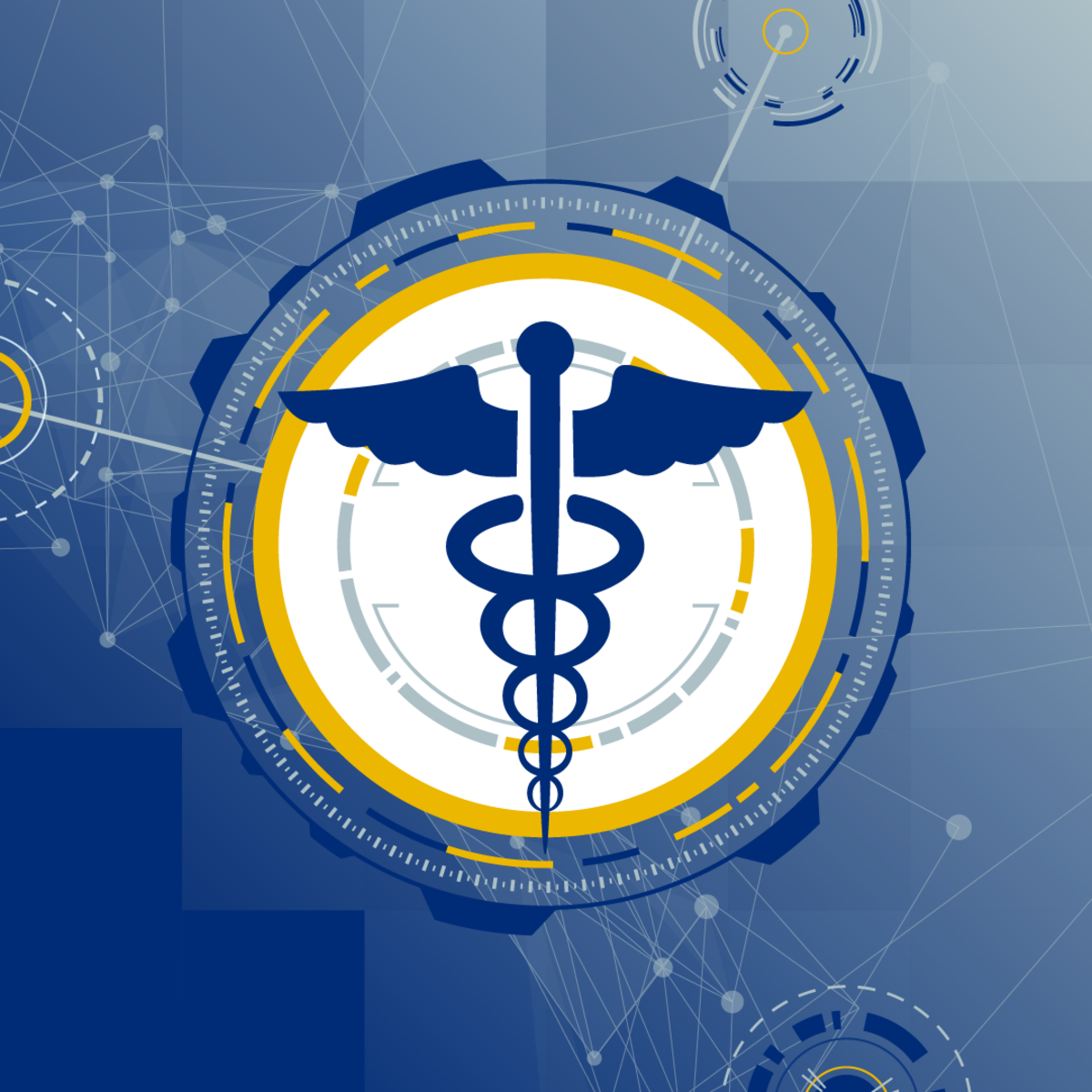


Health Informatics Courses
Showing results 1-10 of 93

Bioinformatic Methods I
Large-scale biology projects such as the sequencing of the human genome and gene expression surveys using RNA-seq, microarrays and other technologies have created a wealth of data for biologists. However, the challenge facing scientists is analyzing and even accessing these data to extract useful information pertaining to the system being studied. This course focuses on employing existing bioinformatic resources – mainly web-based programs and databases – to access the wealth of data to answer questions relevant to the average biologist, and is highly hands-on.
Topics covered include multiple sequence alignments, phylogenetics, gene expression data analysis, and protein interaction networks, in two separate parts.
The first part, Bioinformatic Methods I (this one), deals with databases, Blast, multiple sequence alignments, phylogenetics, selection analysis and metagenomics.
The second part, Bioinformatic Methods II, covers motif searching, protein-protein interactions, structural bioinformatics, gene expression data analysis, and cis-element predictions.
This pair of courses is useful to any student considering graduate school in the biological sciences, as well as students considering molecular medicine. Both provide an overview of the many different bioinformatic tools that are out there.
These courses are based on one taught at the University of Toronto to upper-level undergraduates who have some understanding of basic molecular biology. If you're not familiar with this, something like https://learn.saylor.org/course/bio101 might be helpful. No programming is required for this course.
Bioinformatic Methods I is regularly updated, and was completely updated for January 2022.

Molecular Evolution (Bioinformatics IV)
In the previous course in the Specialization, we learned how to compare genes, proteins, and genomes. One way we can use these methods is in order to construct a "Tree of Life" showing how a large collection of related organisms have evolved over time.
In the first half of the course, we will discuss approaches for evolutionary tree construction that have been the subject of some of the most cited scientific papers of all time, and show how they can resolve quandaries from finding the origin of a deadly virus to locating the birthplace of modern humans.
In the second half of the course, we will shift gears and examine the old claim that birds evolved from dinosaurs. How can we prove this? In particular, we will examine a result that claimed that peptides harvested from a T. rex fossil closely matched peptides found in chickens. In particular, we will use methods from computational proteomics to ask how we could assess whether this result is valid or due to some form of contamination.
Finally, you will learn how to apply popular bioinformatics software tools to reconstruct an evolutionary tree of ebolaviruses and identify the source of the recent Ebola epidemic that caused global headlines.

The Social and Technical Context of Health Informatics
Improving health and healthcare institutions requires understanding of data and creation of interventions at the many levels at which health IT interact and affect the institution. These levels range from the external “world” in which the institution operates down to the specific technologies. Data scientists find that, when they aim at implementing their models in practice, it is the “socio” components that are both novel to them and mission critical to success. At the end of this course, students will be able to make a quick assessment of a health informatics problem—or a proposed solution—and to determine what is missing and what more needs to be learned.
Who Is This Class For?
Physicians, nurses, pharmacists, social workers, and other allied health professionals interested in expanding their understanding of digital health, big data, health information systems, and the unintended consequences of disruptive innovation in the healthcare system. The course is also aimed at those with technical, engineering, or analytics backgrounds who want to understand the nuances of those topics when it comes to healthcare.

HI-FIVE: Health Informatics For Innovation, Value & Enrichment (Clinical Perspective)
HI-FIVE (Health Informatics For Innovation, Value & Enrichment) Training is a 12-hour online course designed by Columbia University in 2016, with sponsorship from the Office of the National Coordinator for Health Information Technology (ONC). The training is role-based and uses case scenarios. Also, it has additional, optional modules on other topics of interest or relevance. Although we suggest to complete the course within a month's timeframe, the course is self-paced and so you can start and finish the course at anytime during a month's time period. No additional hardware or software are required for this course.
Our nation’s healthcare system is changing at a rapid pace. Transformative health care delivery programs depend heavily on health information technology to improve and coordinate care, maintain patient registries, support patient engagement, develop and sustain data infrastructure necessary for multi-payer value-based payment, and enable analytical capacities to inform decision making and streamline reporting. The accelerated pace of change from new and expanding technology will continue to be a challenge for preparing a skilled workforce so taking this training will help you to stay current in the dynamic landscape of health care.
This course is one of three related courses in the HI-FIVE training program, which has topics on population health, care coordination and interoperability, value-based care, healthcare data analytics, and patient-centered care. Each of the three courses is designed from a different perspective based on various healthcare roles. This first course is from a clinical perspective, geared towards physicians, nurse practitioners, physician assistants, nurses, clinical executives and managers, medical assistants, and other clinical support roles. However, we encourage anyone working in healthcare, health IT, public health, and population health to participate in any of the three trainings.

Introduction to Clinical Data Science
This course will prepare you to complete all parts of the Clinical Data Science Specialization. In this course you will learn how clinical data are generated, the format of these data, and the ethical and legal restrictions on these data. You will also learn enough SQL and R programming skills to be able to complete the entire Specialization - even if you are a beginner programmer. While you are taking this course you will have access to an actual clinical data set and a free, online computational environment for data science hosted by our Industry Partner Google Cloud.
At the end of this course you will be prepared to embark on your clinical data science education journey, learning how to take data created by the healthcare system and improve the health of tomorrow's patients.

Genetic Epidemiology Foundations
This course is presented by the University of Colorado Denver in collaboration with the Vanderbilt Genetics Institute at Vanderbilt University Medical Center and the International Genetic Epidemiology Society. It is designed to provide students with the background and knowledge foundations necessary to conduct statistical analysis of genetic association study data. This course includes multiple lectures and evaluations on each of the topics: the history of genetics research presented by Dr. Nancy Cox, foundational concepts in population genetics presented by Dr. Bruce Weir, population structure in genetic association studies presented by Dr. Todd Edwards, quality control in genetic studies presented by Dr. Goncalo Abecasis, analysis of population-based case-control association studies presented by Dr. Celia Greenwood, and analysis of family-based studies presented by Dr. Joan Bailey-Wilson. Examples of concepts and reference literature are also provided in this 6-module course.

Bioconductor for Genomic Data Science
Learn to use tools from the Bioconductor project to perform analysis of genomic data. This is the fifth course in the Genomic Big Data Specialization from Johns Hopkins University.

The Data Science of Health Informatics
Health data are notable for how many types there are, how complex they are, and how serious it is to get them straight. These data are used for treatment of the patient from whom they derive, but also for other uses. Examples of such secondary use of health data include population health (e.g., who requires more attention), research (e.g., which drug is more effective in practice), quality (e.g., is the institution meeting benchmarks), and translational research (e.g., are new technologies being applied appropriately). By the end of this course, students will recognize the different types of health and healthcare data, will articulate a coherent and complete question, will interpret queries designed for secondary use of EHR data, and will interpret the results of those queries.

Big Data, Genes, and Medicine
This course distills for you expert knowledge and skills mastered by professionals in Health Big Data Science and Bioinformatics. You will learn exciting facts about the human body biology and chemistry, genetics, and medicine that will be intertwined with the science of Big Data and skills to harness the avalanche of data openly available at your fingertips and which we are just starting to make sense of. We’ll investigate the different steps required to master Big Data analytics on real datasets, including Next Generation Sequencing data, in a healthcare and biological context, from preparing data for analysis to completing the analysis, interpreting the results, visualizing them, and sharing the results.
Needless to say, when you master these high-demand skills, you will be well positioned to apply for or move to positions in biomedical data analytics and bioinformatics. No matter what your skill levels are in biomedical or technical areas, you will gain highly valuable new or sharpened skills that will make you stand-out as a professional and want to dive even deeper in biomedical Big Data. It is my hope that this course will spark your interest in the vast possibilities offered by publicly available Big Data to better understand, prevent, and treat diseases.

Finding Mutations in DNA and Proteins (Bioinformatics VI)
In previous courses in the Specialization, we have discussed how to sequence and compare genomes. This course will cover advanced topics in finding mutations lurking within DNA and proteins.
In the first half of the course, we would like to ask how an individual's genome differs from the "reference genome" of the species. Our goal is to take small fragments of DNA from the individual and "map" them to the reference genome. We will see that the combinatorial pattern matching algorithms solving this problem are elegant and extremely efficient, requiring a surprisingly small amount of runtime and memory.
In the second half of the course, we will learn how to identify the function of a protein even if it has been bombarded by so many mutations compared to similar proteins with known functions that it has become barely recognizable. This is the case, for example, in HIV studies, since the virus often mutates so quickly that researchers can struggle to study it. The approach we will use is based on a powerful machine learning tool called a hidden Markov model.
Finally, you will learn how to apply popular bioinformatics software tools applying hidden Markov models to compare a protein against a related family of proteins.
Popular Internships and Jobs by Categories
Find Jobs & Internships
Browse
© 2024 BoostGrad | All rights reserved